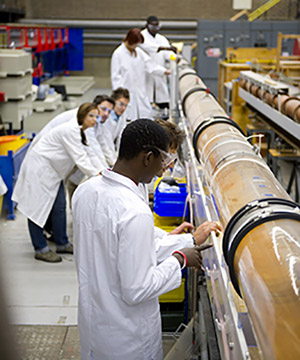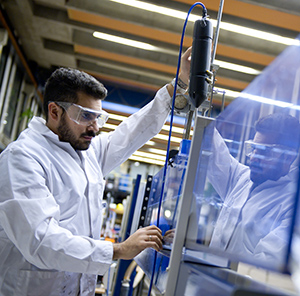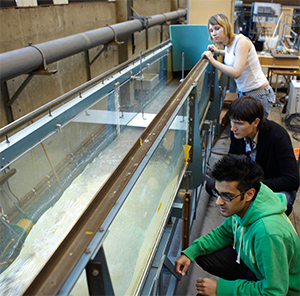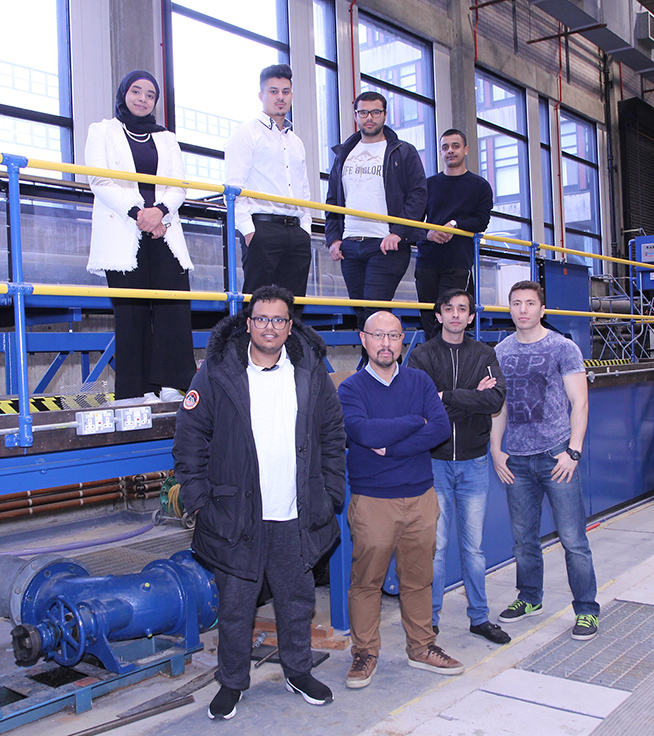Civil Engineering Facilities
The Civil Engineering Research Facility consists of a dedicated laboratory facility. The testing laboratory is dedicated to research and development work, encompassing both empirical and numerical testing/design programmes. They include:
- Multi-Disciplinary Engineering Laboratory
- Heavy Structures Laboratory
- Hydraulics Laboratory
- Acoustics Laboratory
- Soil Mechanics and Advanced Geotechnics Laboratories
- Concrete and Mortar Laboratory
- Temperature Controlled Laboratories
- In addition, students also benefit from the Faculty’s Computer Facility and Design Studios.
The Bradford Centre for Sustainable Environments has been very successful in recent years, obtaining a number of research grants from highly regarded UK funding agencies, namely the Engineering and Physical Sciences Research Council (EPSRC) together with industrial consultancy projects.
Acoustic and Environmental Laboratory
The Acoustics and Environmental Laboratory is a unique laboratory combining acoustics and material testing to ISO standards. We have an anechoic chamber and a variety of acoustic, thermal and vibration testing equipment available. We have a number of testing facilities, which include:
- Sound insulation testing to BS EN ISO 140
- Reduction of Impact to BS EN ISO 717-2
- Sound absorption to BS EN ISO 10534
- Dynamic stiffness to BS EN 29052
- Building acoustics to BS EN 12354-2
- Road traffic noise reducing devices BS EN 1793
- Sound attenuation of hearing protectors BS EN ISO 24869
- Dynamical mechanical analysis to ASTM D4065
- Thermal conductivity to EN 12667
- Earthquake shake table tests
Our Specialisation
- Laboratory testing of small and large material specimens
- Numerical modelling of the vibro-acoustic performance of noise control solutions in the laboratory and in-situ
- Objective noise and vibration measurements
- In-situ evaluation of the subjective quality of noise control solutions
Potential to Collaborate
- Specialised commercial testing
- Independent consultancy
- Knowledge Transfer Partnerships (KTP)
- EPSRC/EU Research projects
- Small feasibility studies (student led)
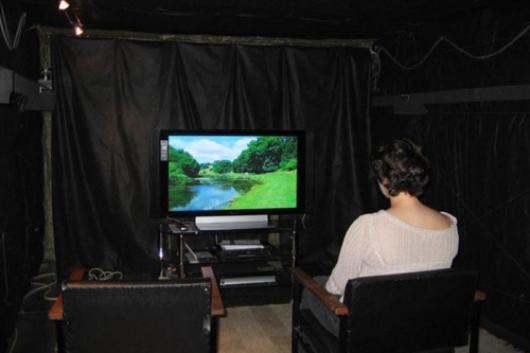
Geotechnical Laboratory
The geotechnical laboratory includes aggregate testing, permeability, seepage tank, triaxial, shear box, compaction and consolidation test equipment.
New experimental rigs include:
- Triaxial automated system
- Pneumatic automated shear box, shear vane
- Automatic oedometer system
- Standard Proctor compaction testing machine and many others.
The laboratory practical's include:
- Compaction test - The process which causes the particles of a soil to become closer in order to increase the density of the soil medium by reducing the volume of air present. It is used to increase the shear strength and to reduce the settlement or compressibility of soils.
- Permeability test - It is important to quantify the volume of groundwater flow from areas of high potential to low potential. This information is useful in estimating the performance of landfill liners, the migration of contaminated groundwater, and other applications.
- Seepage test - Understanding of phenomena related to the movement of the water in soils. This is one of the most important aspects in the design of almost all hydraulic structures.
- Consolidation test - To quantify both the ultimate amount of settlement and the time rate of settlement in the soil layer, a one-dimensional consolidation test is performed in the laboratory. Using laboratory-derived parameters, field settlement behaviour of the soil layer can be predicted.
- Shear box test - Direct shear testing provides the shear strength properties of soils under conditions of drained loading, which is required for assessing the stability of earth slopes.
- Triaxial test - The triaxial strength test provides a means to measure the shear strength of over consolidated cylindrical specimens of cohesive soil. This information is used to estimate the bearing capacity of spread footings and other structures when placed on deposits of cohesive soil.
The aim of the laboratory excercises is to give students an opportunity to understand the main instruments, apparatuses and their applications in the geotechnical materials laboratory to obtain skills through designed laboratory exercises.
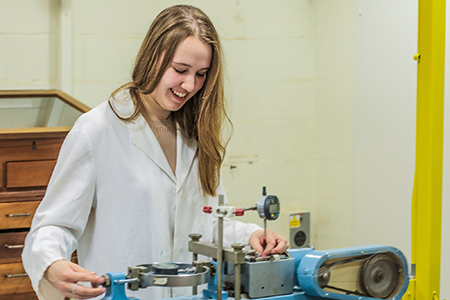
Heavy Structures Laboratory
The heavy structures laboratory holds one of the largest strong floors in the UK. The Faculty of Engineering and Informatics has invested over £500,000 into the facilities of the heavy structures laboratory, including a main ring hydraulic system with twin pumps capable of delivering 300l/min of hydraulic power; it allows full-scale experimental studies on structures up to 15 metres long in static, dynamic and impact loading. Several servo-controlled actuators and control systems were acquired together with a series of loading frames with capacity up to 5,000kN.
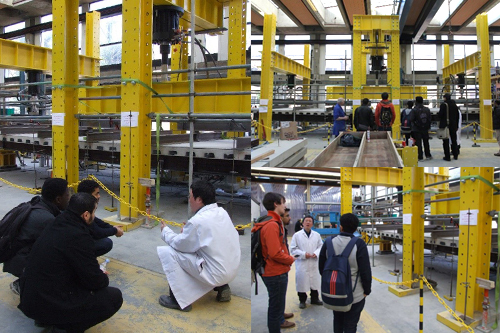
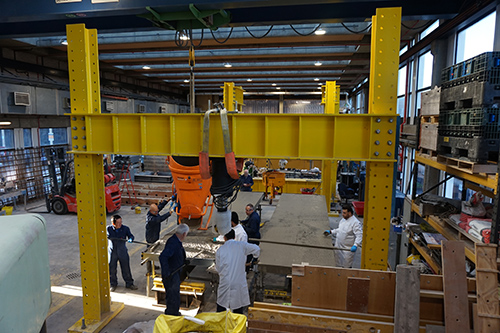
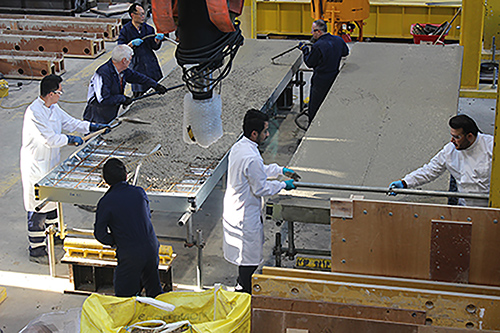
Hydraulics Laboratory
- Water Engineering flow tests include vegetated flow and sediment transport-laden flow tests are conducted in the Hydraulic Laboratory.
- The test results formed the guideline for industrial practices.
- The tests are world-class as they are aided by Particle-Imaging Velocimetry and Acoustic Doppler Velocimetry facilities available at the Hydraulic Laboratory.
